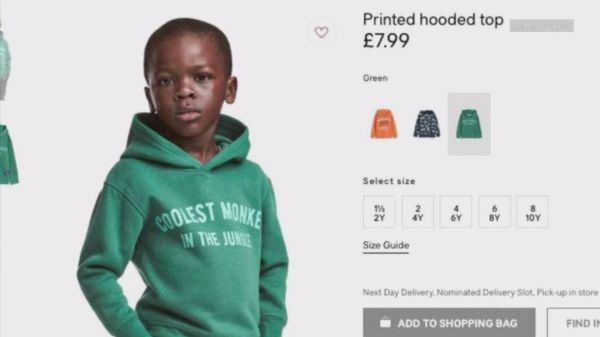It’s 2018 — Who Approved These Wildly Insensitive Ads?
You miss 100% of the shots you don’t take — but in some cases, it’s best to stay on the sidelines.
It’s 2018. Ocean temperatures are rising. Donald Trump is president. The average U.S. consumer now spends five hours on their smartphone each day. And when it comes to marketing, brands have access to a near-constant stream of personal data about each member of their target audience, while ad buyers have access to an unprecedented number of platforms on which to promote their messages.
But with great power comes great responsibility — and as it turns out, some brands’ advertising departments are apparently very irresponsible. As the sheer volume of advertisements around us continues to balloon, so too does the number of insensitive, tone-deaf, and downright offensive campaigns.
Whether these campaigns are the result of a lack of representation throughout the ideation process or simply a consequence of understaffed PR departments, many of today’s brands have proven themselves ill-equipped to bring a higher volume of appropriate advertisements to market at a rapid pace.
Let’s take a look at a few of the worst offenders:
1. Jack In the Box “Try My Bowls”
2018 was the year of #MeToo — a painful cultural reckoning that exposed unchecked abuses of power across a number of male-driven industries. What better time to make light of sexual harassment in the workplace with a (rather unimaginative) television spot for Jack-In-the-Box’s inexplicable foray into Teriyaki bowls?
Here’s the thing: no one is going to Jack-In-the-Box for Teriyaki. Why risk alienating customers over a campaign for a product that seems unlikely to sell?
2. H&M’s “Coolest Monkey in the Jungle” Sweatshirt
H&M, purveyor of budget-friendly Native American headdresses, recently ruffled feathers (sorry) with an ad promoting a kid’s sweatshirt that read, “Coolest Monkey in the Jungle.” The sweatshirt itself was cute — it just so happened that the adorable model wearing said sweatshirt was black.
The ad provoked accusations of racism from every corner of the internet, as well as from partners the Weeknd and G-Eazy, both of whom cut ties with the company after the snafu. I have to ask: is anyone reviewing these images before they go live? Bueller?

3. Nivea’s “White Is Purity” Campaign
Nivea’s “White Is Purity” tagline serves as another horrendous example of what can happen when creative teams aren’t reflective of the actual population to which they’re advertising. I’d love to find an audio recording of the meeting during which this tagline was approved.
Unbelievably insensitive at best and outright racist at worst, this one certainly didn’t pass the Twitter approval test. Needless to say, backlash was swift and certain.
Come on #Nivea. This is so racist that I do not even know where to begin.😠 Speechless. In future, refer to clothes or products, not colors. pic.twitter.com/m0KTSALFKo
— Dr. Scott Bellows (@ScottProfessor) April 4, 2017
4. Ram’s “Built to Serve” Superbowl Commercial
Football fans around the world were treated to Ram’s wildly inappropriate use of a Martin Luther King Jr. speech during a 2018 Super Bowl commercial. The spot includes a series of what I imagine Ram’s team thought were “moving” vignettes, over which King’s voice extols the virtues of service. At the end, the phrase “built to serve” appears on the screen, along with Ram’s logo.
I wasn’t present when the original speech was delivered, but I think we can all agree the type of service that King aspired to had less to do with buying expensive trucks and more to do with achieving racial equality.
Related Insights
We’re looking forward to working with you, too.
Start conquering the digital terrain today.





